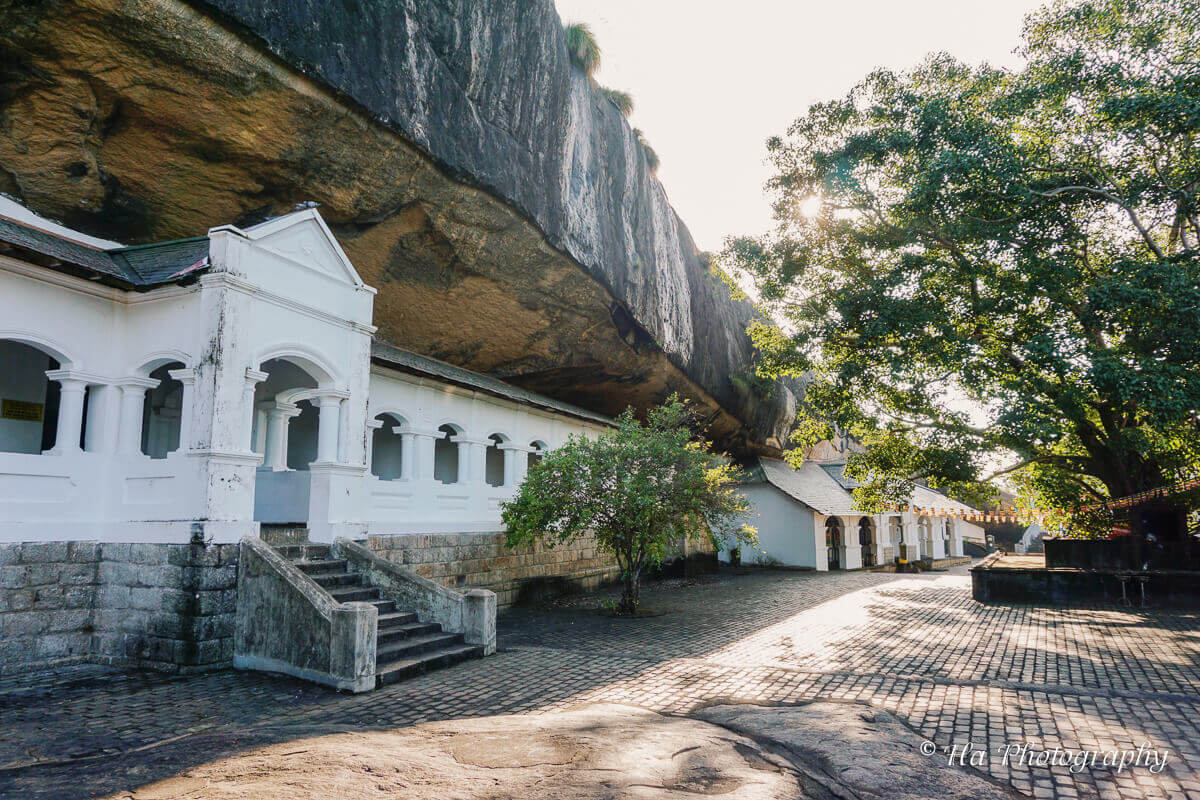If you want to write an article about another topic; you can contact me and send the topic of that essay (I will do that for you for free)
Dambulla Cave Temple: A Marvel of Ancient Buddhist Architecture and Art
The Dambulla Cave Temple, also known as the Golden Temple of Dambulla, is one of Sri Lanka's most iconic landmarks. Located in the heart of the country, this UNESCO World Heritage Site attracts thousands of visitors every year who come to marvel at its stunning architecture, intricate murals, and historical significance.
History of Dambulla Cave Temple
The Dambulla Cave Temple dates back to the 1st century BCE when King Valagamba sought refuge in these caves during an invasion. Later, King Nissanka Malla, who ruled from 1187 to 1196, renovated and expanded the temple, making it the magnificent structure that we see today. The temple has been a place of worship and pilgrimage for over 2,000 years, making it one of the oldest surviving Buddhist temples in the world.
Architecture of Dambulla Cave Temple
The Dambulla Cave Temple is a complex of five caves, which are located on a rock that rises 160 meters above the surrounding plains. The caves are connected by a series of corridors and staircases that lead visitors to the temple's main shrine room, which is a massive, vaulted chamber that is illuminated by natural light. The cave's walls and ceilings are adorned with intricate murals and frescoes that depict various scenes from Buddhist mythology and the life of the Buddha.
The temple's architecture is a blend of Indian and Sinhalese styles, reflecting the country's long history of cultural exchange. The caves' exteriors are adorned with giant statues of the Buddha and other important figures in Buddhist history, while the interiors are decorated with delicate carvings and colorful murals.
Significance of Dambulla Cave Temple
The Dambulla Cave Temple is an important site for Buddhists, as it contains over 150 statues of the Buddha, as well as other important figures in Buddhist history. The temple is also home to a sacred relic, a tooth of the Buddha, which is enshrined in a gold casket in the main shrine room.
Visitors to the temple can also see a number of other significant relics, including ancient stone inscriptions and a number of paintings and sculptures that are of great historical and cultural significance. The temple's murals and frescoes, in particular, are regarded as some of the finest examples of ancient Buddhist art in the world.
Visiting Dambulla Cave Temple
Visitors to Dambulla Cave Temple can expect to spend several hours exploring the complex, as there is much to see and appreciate. The temple is open daily from 7 am to 7 pm, and there is a modest entrance fee for foreign visitors.
Before entering the temple, visitors must remove their shoes and hats and dress modestly, as a sign of respect for the temple's religious significance. As the temple is located on a rocky outcrop, visitors should be prepared for a bit of a climb, as there are a number of stairs and steep paths to negotiate.
Conclusion
The Dambulla Cave Temple is an awe-inspiring example of Sri Lanka's rich cultural and religious heritage. The temple's stunning architecture, intricate murals, and historical significance make it a must-visit destination for anyone interested in Buddhism, history, or art. Whether you are a seasoned traveler or a first-time visitor to Sri Lanka, a trip to the Dambulla Cave Temple is an experience that you will never forget.

Comments
Post a Comment